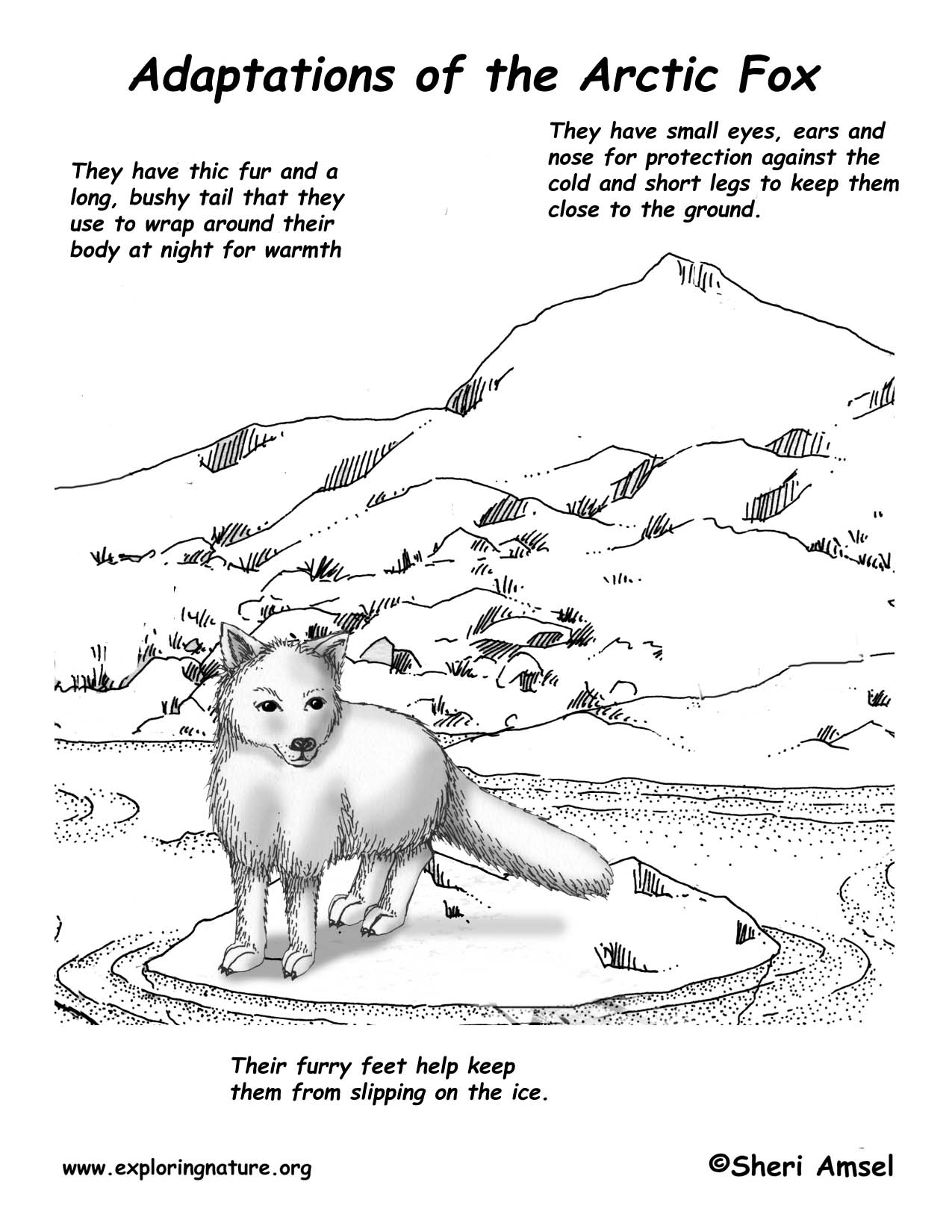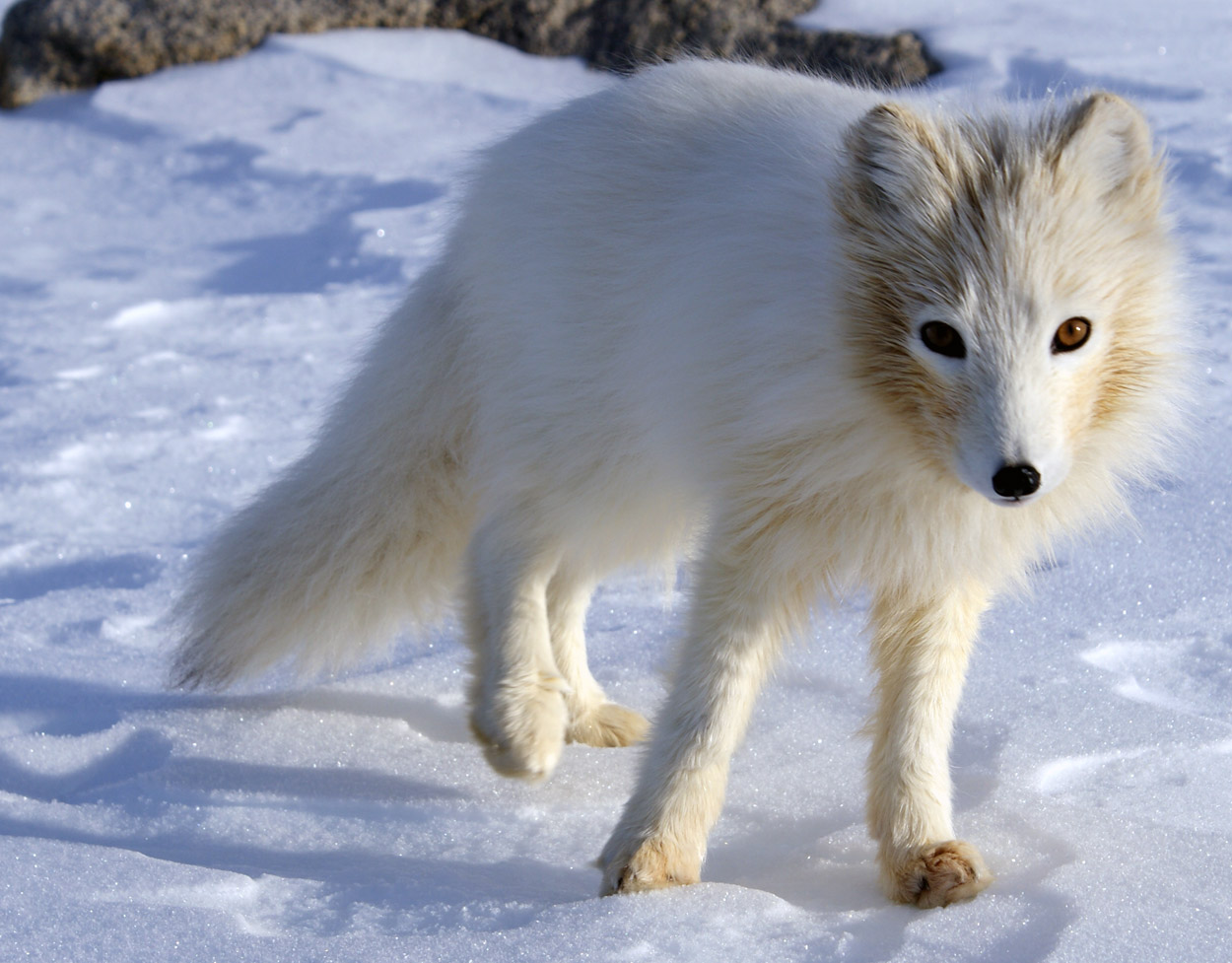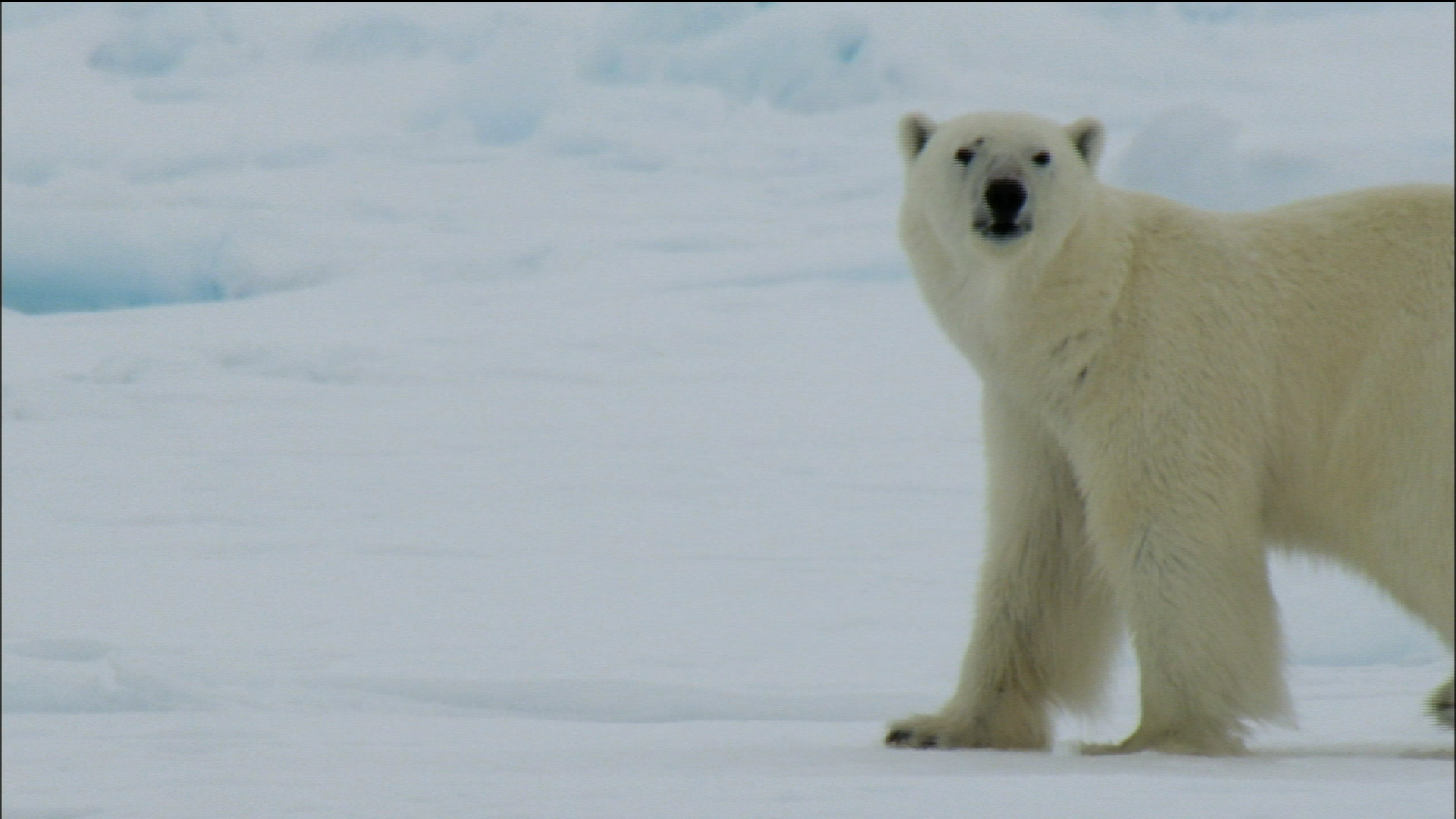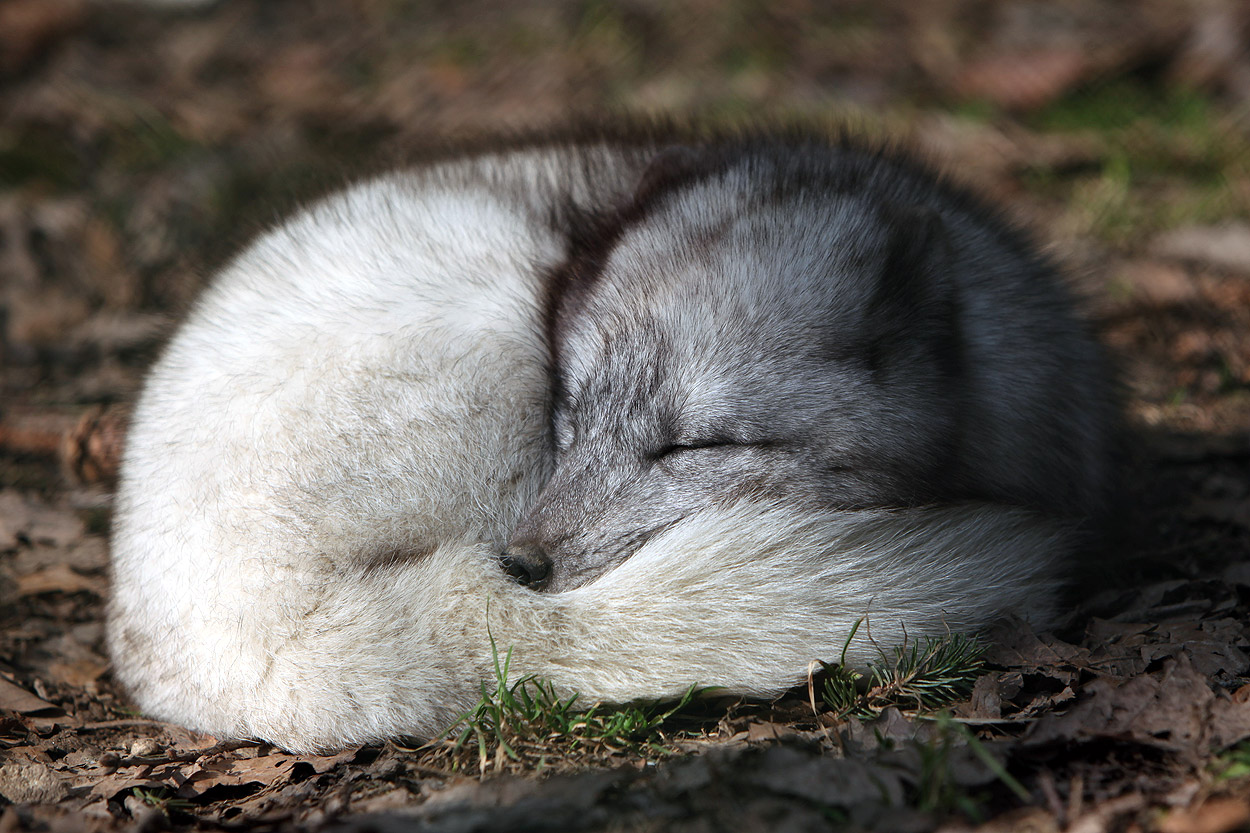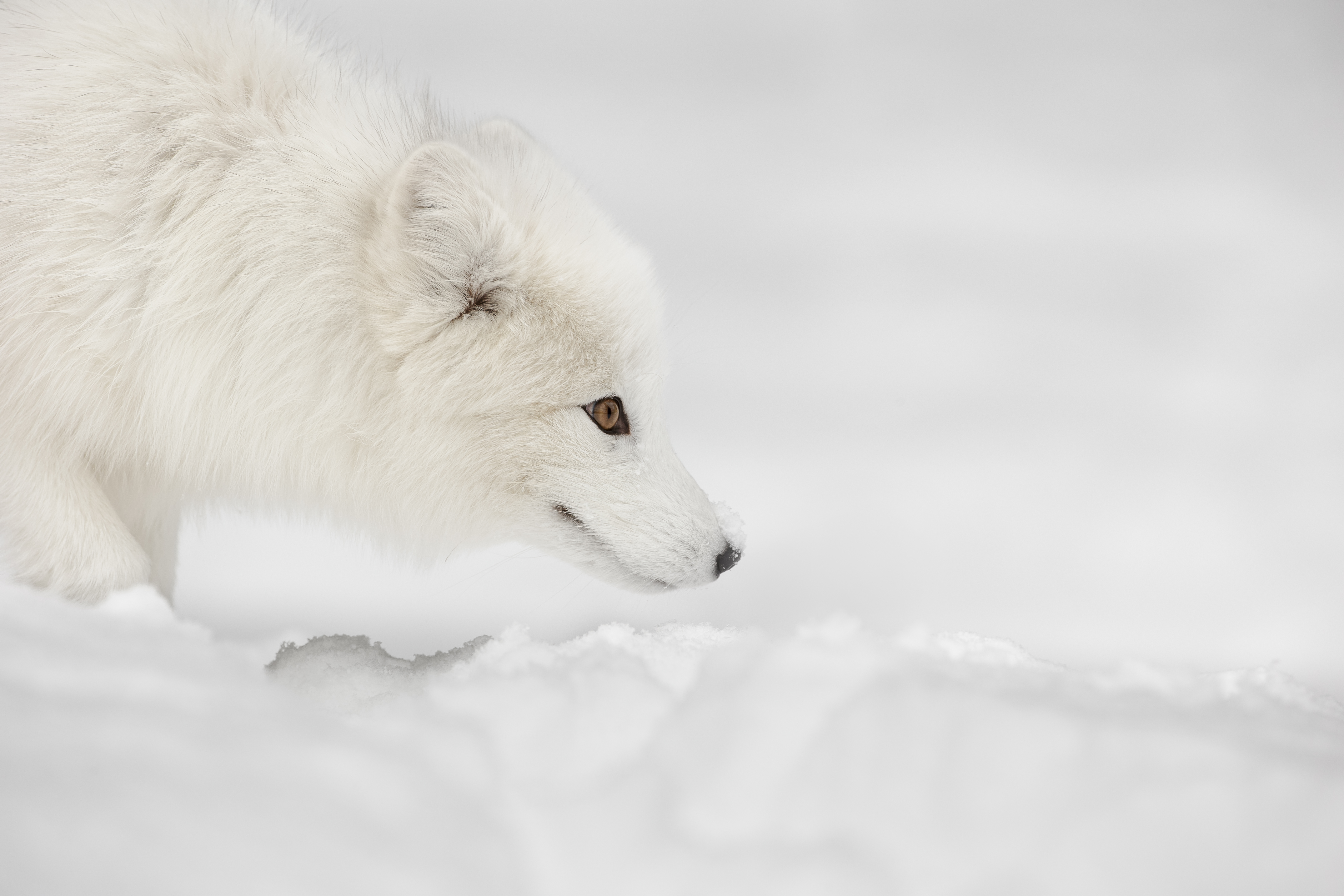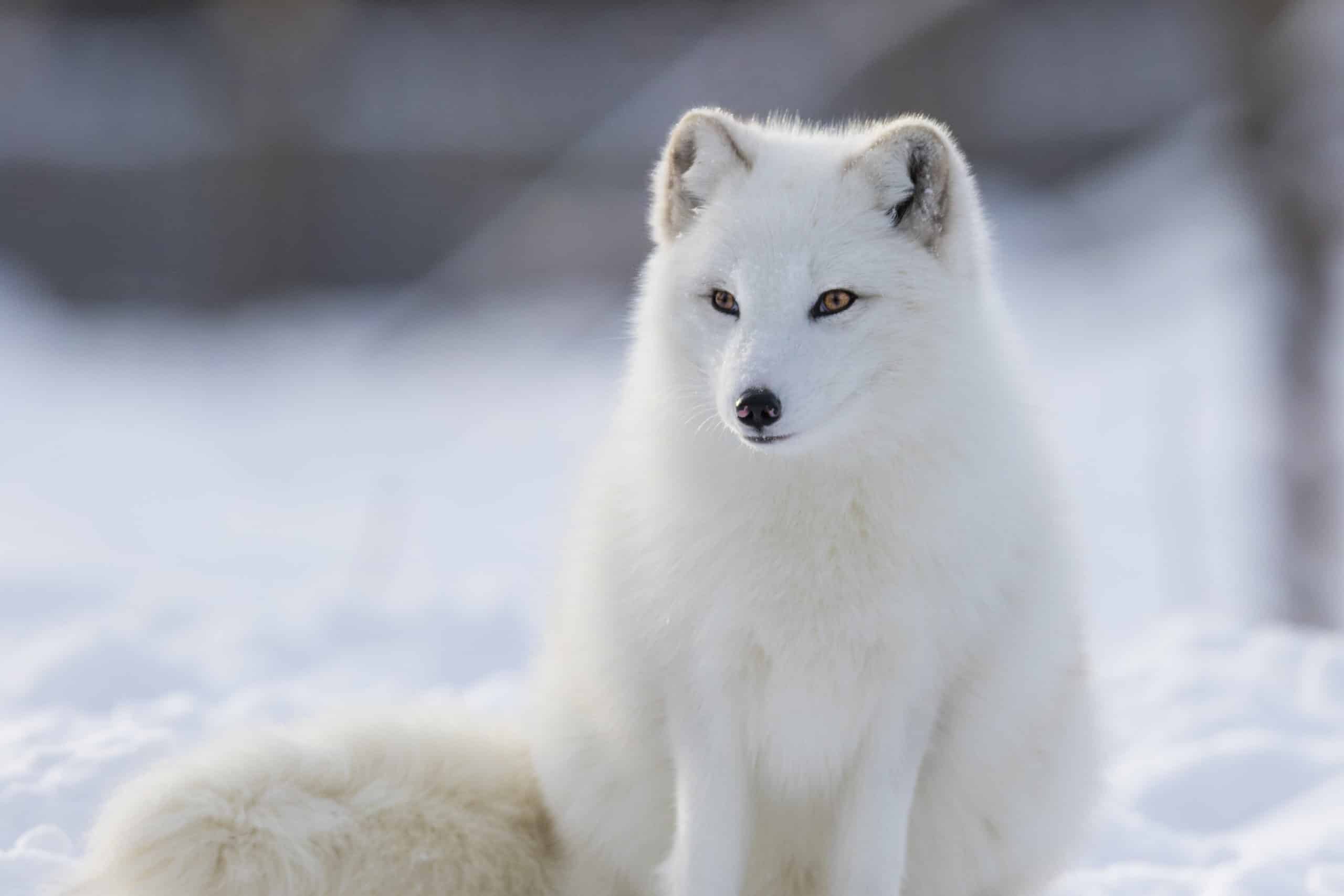Arctic Animals Adaptations Ks2

Many of the animals and plants that live in the Arctic have special adaptations to allow them to survive in the harsh environment.
Arctic animals adaptations ks2. Extreme environments - how animals have adapted to the polar environment with SEN and high ability information worksheet. One resource included pictures of 6 habitats and some animals that live there. Smooth streamlined shape to pass easily through the water.
Not far from the North Pole the world is frozen for thousands of miles. Suitable for teaching science at KS2 KS3 and 2nd3rd Level. A substantial blubber layer lies under the skin acting as insulation so allowing the seals to swim indefinitely in frigid Antarctic waters down to -2C.
The Arctic summer has daylight 24 hours a day. Have students use the national geographic animals website and library resources. Arctic animals facts ks2.
The Arctic is a hostile environment yet the species on this Arctic animals list are able to live either on the frozen tundra or in the icy waters that surround the North Pole. But warm fur alone might not keep this fox alive during the polar winter when temperatures rarely. Have students use the National Geographic Animals website and library resources.
Another similar species the Mountain Hare Lepus timidus is found in Arctic Europe and Asia both are animals of the high Arctic it is possible that both are actually the same species. Mimicry Experiment by Teach From The Heart 4. Tags in this resource.
Distribute the worksheet Arctic Animal Adaptations. You probably know that it is a very cold icy place hom. Students learn how four different polar animals - polar bear leopard seal reindeer and emperor penguin - have adapted to the Polar environment by completing a cut-and-stick activity.
